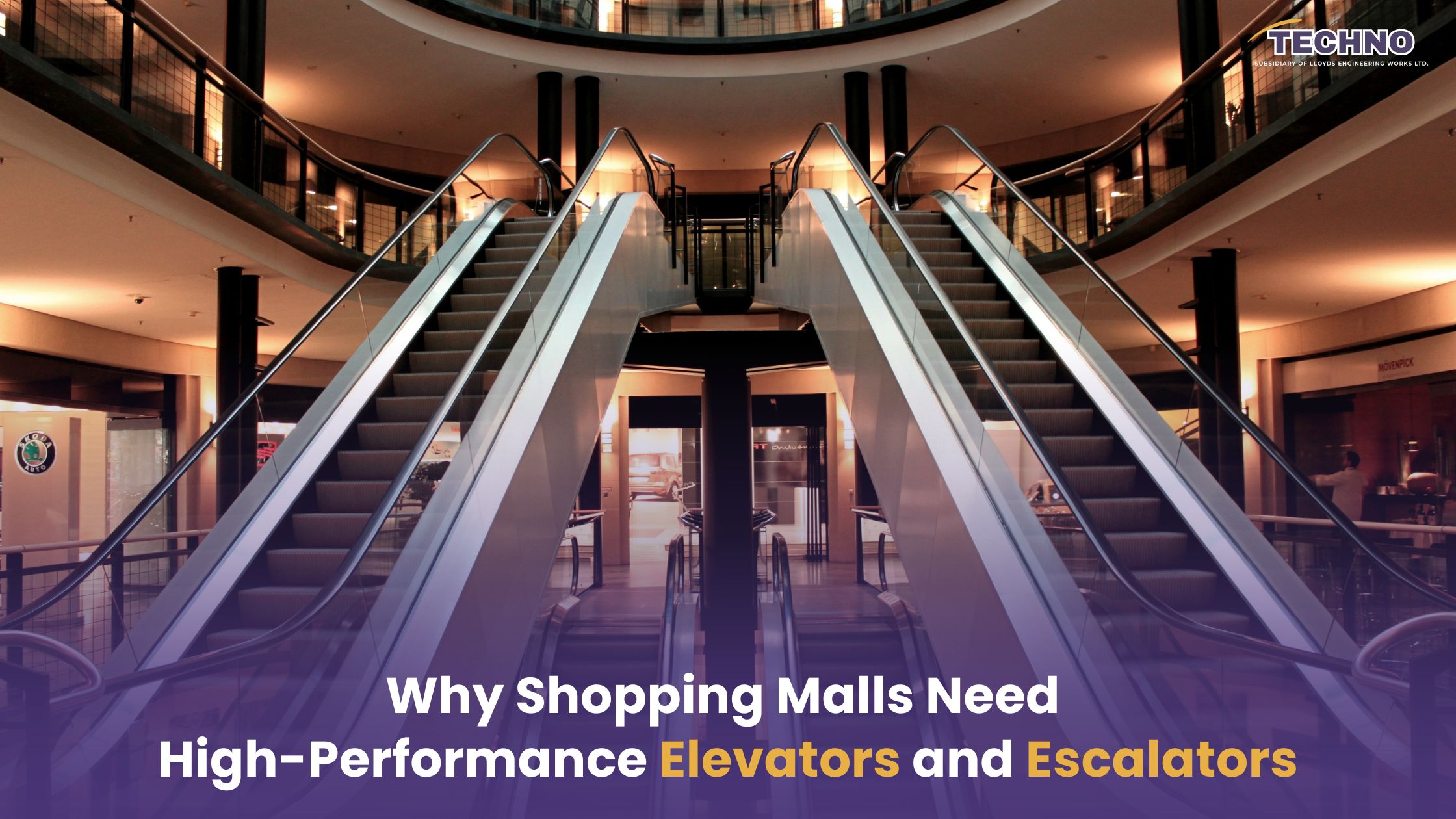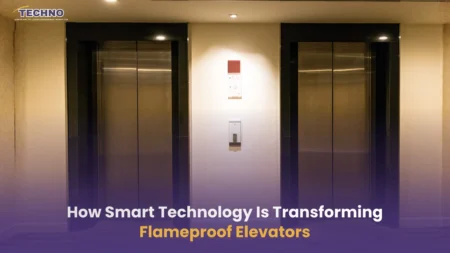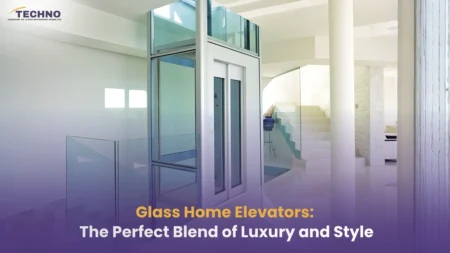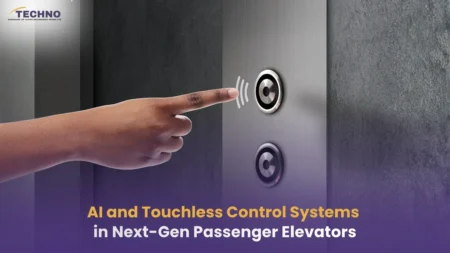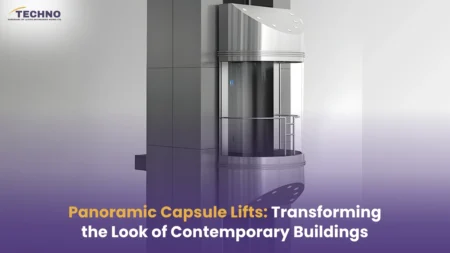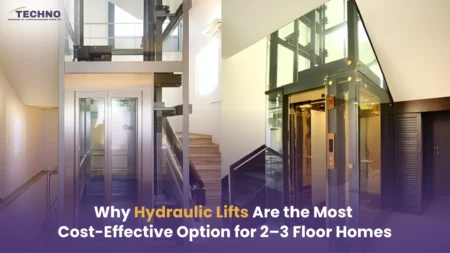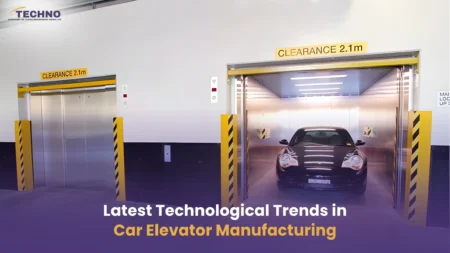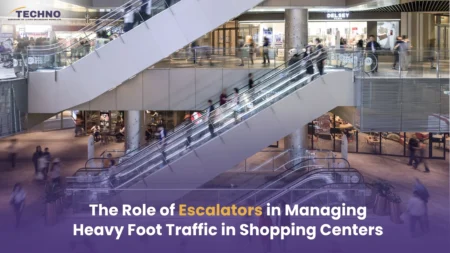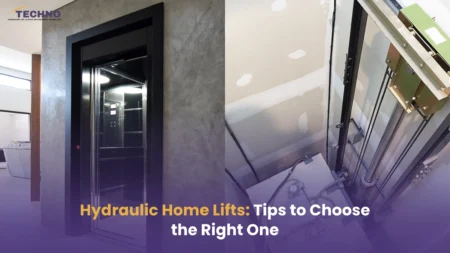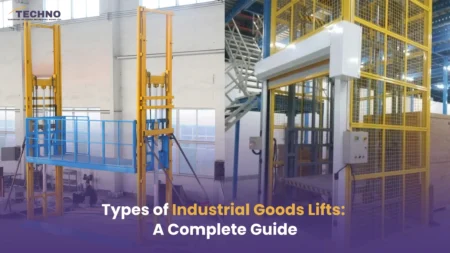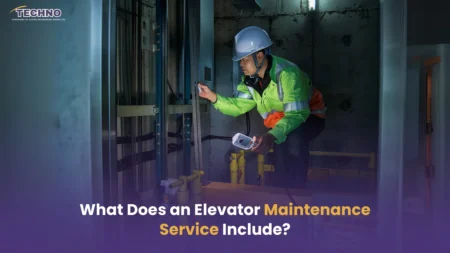An expert perspective on vertical mobility systems that shape modern retail experiences
The Real Shopping Experience Begins Before the First Store
When people arrive at a mall, they may start their journey at the first ride, whether that’s an elevator or escalator, or both, and not the first store. What many people don’t realize is that the vertical transportation in a shopping mall is its invisible spine. Vertical transportation sets the pace of everyone’s travel distance, controls the flow of people, provides accessibility, and even features strategies on how long and how much people are spending.
As experts in the production of elevators, we have personally witnessed how high-performance escalators and elevators can convert shopping malls from busy, disorderly areas to streamlined, cozy, and incredibly effective retail settings. Here’s a detailed explanation of why vertical mobility should be the top priority for any mall renovation or project.
1. Vertical Transportation: The Silent Power Behind Mall Experience
From basement parking to rooftop food courts, malls rely heavily on seamless vertical transportation in malls. A well-designed elevator and escalator system:
- Reduces congestion at peak hours
- Enhances customer comfort and dwell time
- Affects overall revenue generation by improving store accessibility
When elevators and escalators are intuitive and swift, shoppers don’t feel tired moving from one floor to another. Instead, they explore more and spend more. That’s the importance of elevator systems in commercial buildings; they impact not just movement, but experience and profit.
2. Effectively Managing Heavy Foot Traffic
Malls are made to be dense. Foot traffic spikes to thousands per hour on weekends, holidays, and during big sales. Systems for elevator for malls need to be built to withstand these fluctuating loads.
What functions:
- Strategies for zoning: To make traffic distribution easier, assign particular escalators or elevators to particular floors.
- Intelligent dispatching systems: Predict and control surges during rush hour to cut down on waiting times.
- Lifts powered by hydraulics: Modern hydraulic systems with improved speed and load-handling are increasingly being incorporated into mid-rise retail buildings, despite their widespread use in low-rise settings.
Customers become irate and depart if the system malfunctions during these busy times. This is more than just a hassle. It’s lost money.
3. Capacity and Speed: Two Aspects of the Same
The two most important factors in shopping mall elevators are speed and volume. To cut down on wait times, you need speed. You must be able to transport more people simultaneously without sacrificing security.
For instance:
Based on the size of the shopping mall, passenger elevators should preferably have a capacity of 13 to 20 persons, and a speed range of 1.0 to 1.6 m/s.
High-performance elevators using advanced motor control technology provide smoother rides even at higher speeds.
Even though layout, customer behavior, and use patterns can determine the best system, speed and capacity must always be balanced.
4. Elevators or Escalators, Which Is Better?
Not every shopping mall is required to have a one-size-fits-all approach. A smart mobility strategy combines elevators and escalators based on user flow and zone function in shopping malls.
How to choose elevators and escalators for malls depends on understanding shopper behavior and mall layout:
- For areas with continuous movement, like entrance zones, food courts, or retail strips
- To encourage spontaneous store visits during upward/downward travel
When to prioritize elevators:
- For accessibility, families with strollers, senior citizens, and people with disabilities
- For vertical travel across more than three floors
In most commercial escalator systems, escalators work as visual invitations people step on without thinking. Elevators, on the other hand, provide targeted movement. Together, they complete the ecosystem.
5. Energy-Saving Mobility: A Better Option
Sustainability has gone from a buzzword to a business goal. Selecting an energy-efficient elevator option for large retail areas can create massive savings, especially in malls, where systems often operate on time frames, regularly 24 hours.
Modern energy-saving features include:
- Regenerative drives that recover energy during descent
- Smart lighting and fan systems that turn off during idle time
- Standby modes in escalators that activate only when users are detected
Green doesn’t mean slow. It means smart, scalable, and future-ready.
6. Must-Have Features for Safety
When thousands of people rely on your elevators or escalators every day, safety isn’t negotiable. Especially in public building elevators, features must be designed for both prevention and response.
Key safety features:
- Automatic rescue devices (ARDs) for power failures
- Anti-slip brushes and skirt panels for escalator safety
- Load sensors to avoid elevator overuse or imbalance
- Smoke sensors and fire-rated doors
Real-time monitoring systems provide an additional degree of security for any mall elevator by assisting technicians in identifying problems before they become more serious.
7. Lost Sales and Customers from Downtime
A half-hour downtime in a Shopping Mall Escalator Elevator can create traffic backups and a loss of revenue for the day. Customers do not go to floors that are cumbersome to reach. Stores miss customers. Finally, your mall’s reputation suffers.
To avoid this:
- Invest in commercial elevators with predictive maintenance tools.
- Work with service teams that offer 24×7 emergency support.
- Maintain a consistent Annual Maintenance Contract schedule for all mobility systems.
8. Elevators as Design Elements: Form Meets Function
Malls nowadays are carefully designed lifestyle areas rather than just places to shop. These days, elevators’ appearance and design are just as important as their functionality.
The overall aesthetic appeal is improved by ambient lighting, digital floor displays, glass lifts, and panels with a chrome finish. Escalator for shopping centers that are well-designed become a style statement in addition to blending in with the architecture.
Elevators are now prominently displayed in upscale malls and luxury stores rather than hidden away.
9. Smart Elevators: Efficiency That Thinks for You
The new generation of smart elevators and escalators can learn patterns, optimize energy use, and manage traffic loads intelligently. Features like:
- Touchless call systems
- Destination control systems
- IoT-based diagnostics and updates
This technology reduces maintenance surprises and improves operational efficiency, giving mall managers better control over mobility logistics.
10. The Maintenance Marathon in Busy Spaces
Maintaining shopping mall escalators and elevators is not a one-time task; it’s a continuous process. Heavy use means more wear and tear, faster part degradation, and higher risk of malfunction.
Pro tips:
- Choose systems designed for rugged commercial use, not residential-grade models.
- Set up quarterly performance audits.
- Keep a preventive replacement schedule for parts like belts, rollers, and control panels.
In high-use environments, ignoring maintenance is not cost-saving; it’s risk-building.
11. Accessibility for All: Not Optional
Modern malls must cater to everyone, children, seniors, and people with disabilities. That’s why ADA compliance and accessibility in shopping malls isn’t just about checkboxes. It’s about inclusion.
Must-have accessibility features:
- Braille buttons and voice commands
- Handrails at appropriate heights
- Wide doors for wheelchair access
- Visual floor indicators
Inclusive design equals increased footfall and a stronger brand image.
Key Features of Modern Elevators & Escalators for Commercial Spaces
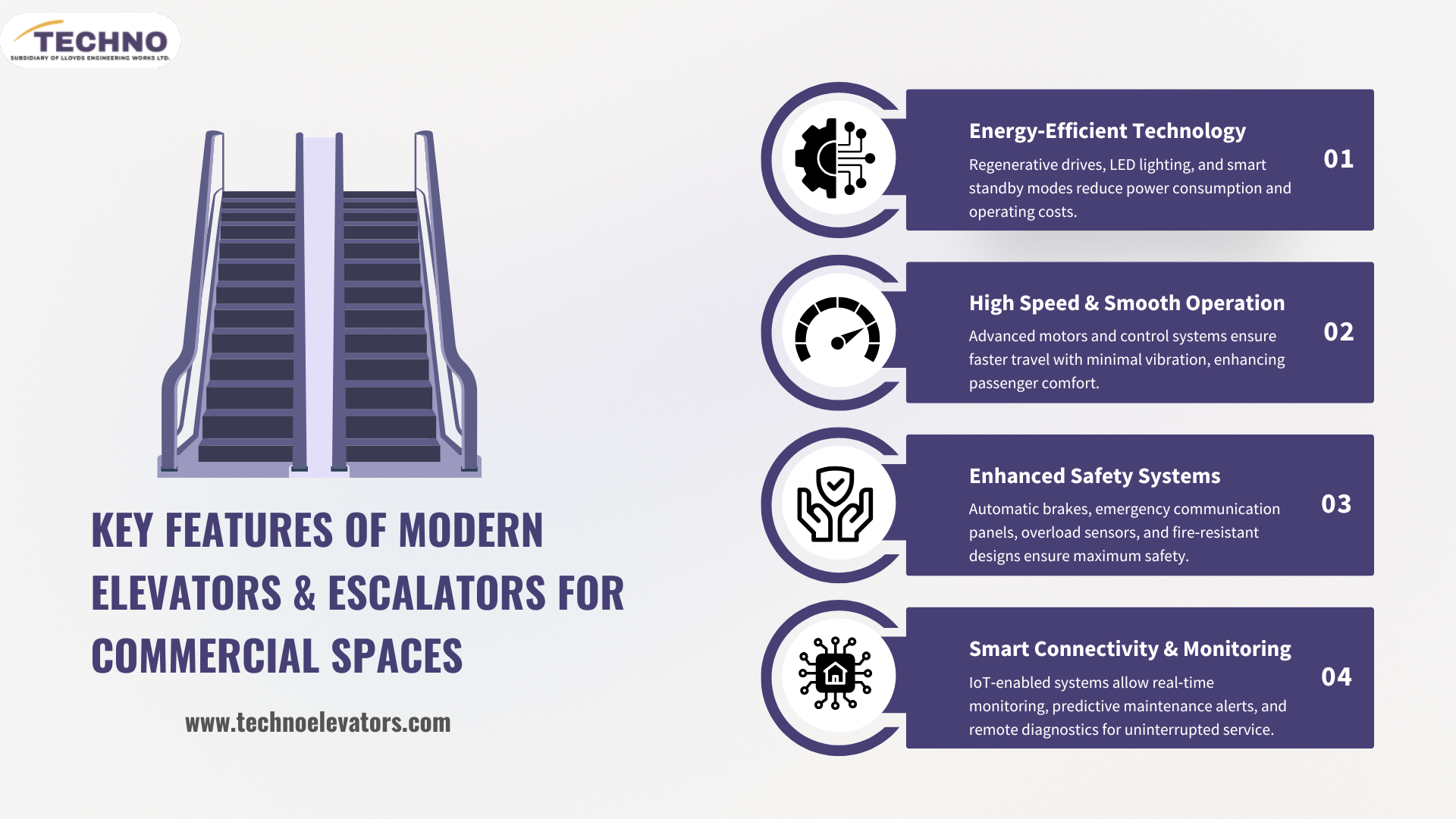
12. What’s Next? Future Trends in Mall Mobility
As malls evolve into entertainment and lifestyle hubs, future trends in mall mobility will include:
- AI-powered people flow analysis
- Integrated lift escalator parking systems
- Augmented reality panels inside elevators for interactive mall directories
- Hydraulic lifts with advanced control logic for smarter operations
Those who invest now in elevator solutions for large shopping complexes that are scalable and future-proof will lead the retail game tomorrow.
Final Take
Mall escalators and elevators are more than just conveniences for developers, builders, and decision-makers. They contribute to the experience of your brand. They establish the degree of mobility, duration, exploration, and likelihood of return.
Every project, whether it’s a new mega mall or a renovation, should have intelligent, secure, and fashionable vertical mobility solutions, in our opinion at Techno Industries. From hydraulic lifts to passenger elevators, we always plan for the future even as we engineer for the present.
Do you need assistance selecting the best escalators for high-traffic shopping centers? Let’s turn your shopping center into a movement model. Contact our staff right now.

